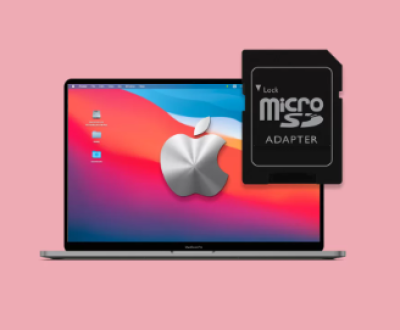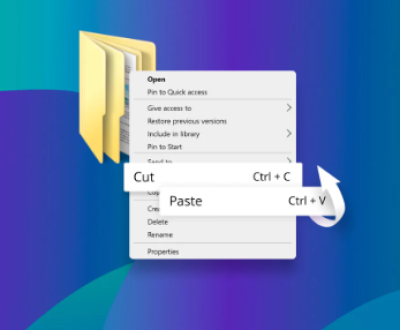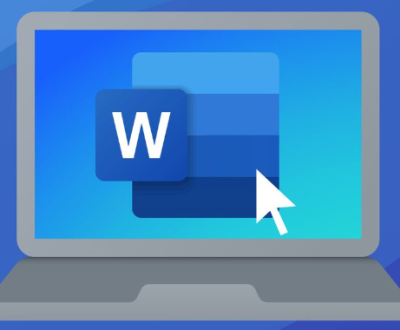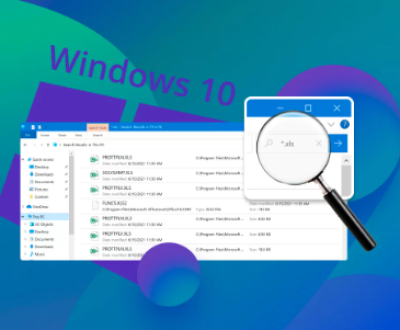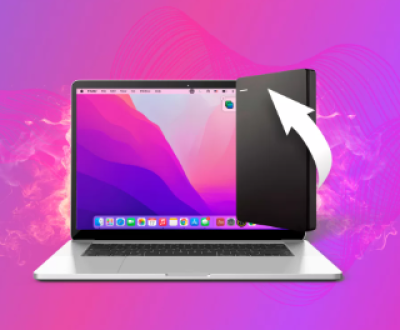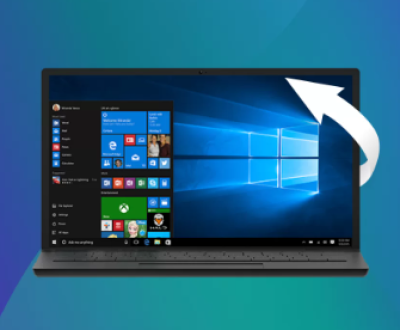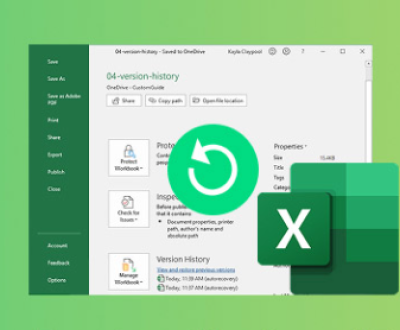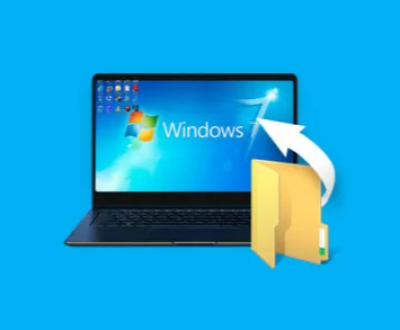Formatting an external hard drive is a simple task for most users, but it can sometimes take much longer than expected. The issue of an external hard drive taking too long to format can be frustrating, especially when you have important files to store or backup. There are several factors that can contribute to this delay, ranging from technical problems within the drive itself to issues with your computer’s settings or external environment.
Chapter 1: Basics of Formatting
Before we delve into the causes and solutions of slow formatting, it’s important to understand what happens during the formatting process. Formatting a hard drive involves preparing it for data storage by creating a file system that allows data to be organized and accessed. There are two types of formatting processes: quick format and full format.

Quick Format: This process removes the file system on the drive but doesn’t thoroughly check for bad sectors or errors. It’s faster because it only wipes the file system pointers, not the actual data stored on the drive.
Full Format: This process not only removes the file system but also scans the drive for errors, marks bad sectors, and prepares the drive for storage. A full format is slower than a quick format due to the extra steps involved in checking the integrity of the disk.
When your external hard drive takes a long time to format, it is typically undergoing a full format, especially if there is an issue with the drive’s health or the computer’s resources.
Chapter 2: Common Reasons for Slow Formatting
Several factors could lead to a slower-than-usual formatting process. Below are the most common reasons for this issue:
2.1. Drive Health and Errors
One of the most frequent causes of slow formatting is issues with the health of the external hard drive. If the drive has bad sectors, corrupted data, or other physical damage, it may significantly slow down the formatting process. The drive will spend additional time scanning and attempting to fix these errors during a full format.
2.2. Large Storage Capacity
External hard drives with larger storage capacities, such as 1TB or more, will take longer to format compared to smaller drives. Even with a quick format, the system must allocate space, create the file system, and perform other tasks that can take time.
2.3. File System Selection
The type of file system selected for formatting also plays a role in the formatting duration. For example, formatting a drive to the NTFS file system is typically slower than formatting to FAT32 or exFAT. This is because NTFS has more complex structures and permissions, making the process more involved.
2.4. USB Port and Cable Issues
Using a slow USB port or faulty USB cable can result in delayed data transmission between your external hard drive and the computer, which can make formatting take longer. USB 2.0 ports are significantly slower than USB 3.0 or USB 3.1 ports, and older cables may cause slow data transfer speeds, especially when formatting large drives.
2.5. Computer Performance
Your computer’s overall performance can also impact the speed of formatting. If your computer is running many background tasks, is low on RAM, or has limited processing power, the formatting process may slow down. It’s essential to ensure that your system has sufficient resources to handle the task at hand.
2.6. Operating System and Formatting Tool
The operating system or the formatting tool you use can affect the speed of the process. For instance, the built-in formatting tool in Windows may be slower than third-party formatting software, which can provide a more efficient and optimized formatting process.
2.7. Drive Enclosure or Adapter Issues
If you are using a drive enclosure or USB-to-SATA adapter to connect your external hard drive, these devices can also contribute to slow formatting. Lower-quality enclosures or adapters may limit the speed at which data is transferred to and from the hard drive, leading to delays during formatting.
Chapter 3: How to Speed Up External Hard Drive Formatting
Now that we understand some of the reasons for slow formatting, let’s discuss how to address and resolve these issues.
3.1. Perform a Quick Format Instead of a Full Format
If you don’t need to thoroughly check the drive for errors, performing a quick format can significantly reduce the time it takes to format the external hard drive. Quick formatting removes the file system structure but doesn’t scan for bad sectors or errors. While this method is much faster, it may not resolve any underlying issues with the drive.
To perform a quick format on Windows:
Connect the external hard drive to your computer.
Open File Explorer and right-click on the drive.
Select Format.
Ensure that the Quick Format checkbox is checked.
Click Start to begin the formatting process.
3.2. Check the Drive for Errors
If you suspect that the drive has bad sectors or corruption, you can use a tool like chkdsk (Check Disk) on Windows to scan and repair the drive before attempting a format. Running this check can help fix errors that may otherwise slow down the formatting process.
To run chkdsk:
Open Command Prompt as an administrator.
Type chkdsk X: /f (replace X with the letter assigned to your external hard drive).
Press Enter and wait for the scan to complete.
If any errors are found, chkdsk will attempt to fix them before proceeding with the format.
3.3. Use a Faster USB Port or Cable
If you’re using a USB 2.0 port or an older cable, try switching to a USB 3.0 or USB 3.1 port and a high-quality cable. USB 3.0 and 3.1 ports provide significantly faster data transfer speeds, which can help speed up the formatting process.
3.4. Format the Drive Using Disk Management
For a more efficient format, you can use the Disk Management tool in Windows, which can sometimes provide better control over the formatting process. Follow these steps to format the external drive:
Press Windows + X and select Disk Management.
Right-click on the external drive and select Format.
Choose the file system (NTFS, FAT32. or exFAT) and select the formatting options.
Click OK to start the process.
3.5. Use Third-Party Formatting Tools
If the built-in formatting tool is too slow or not working correctly, you can try third-party software. Programs like EaseUS Partition Master, MiniTool Partition Wizard, or AOMEI Partition Assistant can offer optimized and faster formatting solutions.
3.6. Reformat the Drive on Another Computer
Sometimes, the problem may lie with your computer’s settings or resources. If you are experiencing slow formatting speeds, try connecting the external hard drive to a different computer and attempt the format again. This will help determine if the issue is with the drive or the computer.
3.7. Replace Faulty Cables or Enclosures
If you are using a USB-to-SATA adapter or an external drive enclosure, check if these devices are functioning correctly. A faulty or low-quality adapter can slow down data transfer, making formatting take longer. Try using a different enclosure or adapter if possible.
3.8. Perform a Low-Level Format (if Necessary)
If the external hard drive is seriously corrupted or experiencing other issues, you might need to perform a low-level format. A low-level format can reset the drive to its factory state, though it will also erase all data on the drive. Use this option only if the drive is unresponsive or showing signs of severe corruption.
Chapter 4: When to Consider Replacing the External Hard Drive
If none of the solutions above resolve the issue, and your external hard drive continues to take an unusually long time to format or exhibits other signs of failure (such as strange noises, frequent disconnections, or inability to be detected by the system), it may be time to consider replacing the drive. Persistent issues with formatting and performance can be a sign of hardware failure.
Before replacing the drive, ensure you back up any important data you can access. If the data is inaccessible, you may need to use specialized data recovery tools or services to retrieve your files before disposing of the drive.
Formatting an external hard drive is a common task, but if it’s taking longer than expected, understanding the root causes is key to resolving the issue efficiently. By checking the health of your drive, using the appropriate formatting methods, and ensuring that your system and hardware are in good condition, you can speed up the process and avoid unnecessary delays. With the tips provided in this guide, you should be able to troubleshoot and fix any issues causing your external hard drive to take too long to format.
About us and this blog
Panda Assistant is built on the latest data recovery algorithms, ensuring that no file is too damaged, too lost, or too corrupted to be recovered.
Request a free quote
We believe that data recovery shouldn’t be a daunting task. That’s why we’ve designed Panda Assistant to be as easy to use as it is powerful. With a few clicks, you can initiate a scan, preview recoverable files, and restore your data all within a matter of minutes.
Subscribe to our newsletter!
More from our blog
See all postsRecent Posts
- How to restore lost files on sd card 2025-07-03
- How to restore lost files 2025-07-03
- How to restore lost word document 2025-07-03

 Try lt Free
Try lt Free Recovery success rate of up to
Recovery success rate of up to

